Why Cleaning Might Be as Harmful as Smoking
Last updated on
Keeping a clean home has long been seen as a sign of health and order. We mop, scrub, spray, and polish, believing we are creating a sanctuary free of germs and chaos. Yet, a surprising body of scientific research is revealing that some of the very products we use to keep our homes spotless may be slowly eroding our lung health. A 20-year study from the University of Bergen in Norway found that regular home cleaning can damage lung function as much as smoking 20 cigarettes a day.
The findings upend what many people believe about cleanliness and safety. The chemicals found in common cleaning products particularly sprays, bleaches, and ammonia-based solutions are not as benign as their marketing suggests. They release microscopic particles and vapors that irritate the delicate linings of the lungs, triggering inflammation and long-term damage that accumulates silently over years.
This discovery challenges one of the most basic modern habits: the daily ritual of cleaning. The very act we associate with health and purity may, in fact, be undermining both.
The Science Behind the Discovery
The Norwegian study, published in the American Journal of Respiratory and Critical Care Medicine, followed more than six thousand participants across twenty-two locations over two decades. Scientists tracked their lung health, habits, and cleaning routines as part of the European Community Respiratory Health Survey. The results were striking. Women who cleaned regularly, whether at home or as part of their job, experienced a significantly faster decline in lung capacity compared to women who did not clean often.
This decline was equivalent to smoking a pack of cigarettes a day for twenty years. Measured through spirometry tests that evaluate how much air a person can exhale in one second (FEV1) and their total lung capacity (FVC), the reductions were unmistakable. Those who used chemical cleaning sprays weekly showed accelerated deterioration, while men in the same study did not display similar effects.
Scientists proposed several explanations. Women were more frequently exposed to cleaning agents, both occupationally and domestically, and may have biological differences that increase their sensitivity to airborne chemicals. Some suggested that men’s higher baseline exposure to outdoor pollutants or other occupational irritants could have masked the same pattern in their data.
The researchers emphasized that this was not a short-term irritation but a chronic, cumulative effect. Over years of exposure, the airways appear to age prematurely, developing low-grade inflammation that never quite heals. This can lead to chronic obstructive pulmonary disease (COPD), asthma, and other long-term respiratory issues.
Why Cleaning Chemicals Harm the Lungs
The ingredients in common cleaning products are complex cocktails of chemicals many of which were designed for industrial cleaning long before being rebranded for home use. Substances such as ammonia, chlorine bleach, quaternary ammonium compounds (known as “quats”), and volatile organic compounds (VOCs) are potent irritants. When inhaled, they can penetrate deep into the bronchial passages and alveoli, the tiny sacs responsible for oxygen exchange.
Repeated exposure damages the mucous membranes that protect the airways. Over time, this leads to micro-tears, swelling, and scarring that make it harder for air to pass freely. The body responds to this irritation as it would to any chronic injury with inflammation. White blood cells flood the area, releasing enzymes and reactive molecules meant to defend against harm, but this constant immune response eventually degrades the tissue itself.
In other words, cleaning chemicals create a slow-motion battle in the lungs, one that never ends as long as exposure continues.
Spray cleaners are particularly dangerous because of how they disperse particles. When you spray a surface cleaner into the air, millions of microscopic droplets remain suspended, creating an invisible cloud that lingers for hours. Each breath pulls these irritants deeper into the lungs. The smaller the particles, the more damage they can cause, because they bypass the body’s natural defenses like nose hairs and mucus.
Professor Cecilie Svanes, one of the study’s authors, explained that these fine particles can travel deep into the lungs and accelerate the aging process of lung tissue. This effect is comparable to long-term exposure to tobacco smoke, which is known to cause chronic inflammation and scarring of the airways.
The Paradox of Cleanliness
There is an unsettling irony in this discovery. For centuries, cleanliness has been associated with health, spirituality, and order. From ancient rituals of purification to modern hygiene campaigns, humans have viewed cleaning as a moral act a way to purify not just the body, but the soul and the environment.
Yet, in our quest for perfect cleanliness, we may have gone too far. The 20th century introduced an obsession with sterility that coincided with the rise of chemical cleaning agents. Marketing transformed household chores into scientific rituals, with brightly colored bottles promising antibacterial power and the elimination of “99.9% of germs.”
The problem is that life itself depends on balance, not eradication. The human body is home to trillions of microorganisms that protect us and train our immune systems. Similarly, the air we breathe carries natural microbes and particles that our lungs evolved to handle. The artificial sterilization of our surroundings introduces unnatural chemical exposures that our biology is poorly equipped to process.
In a way, our modern fixation with chemical purity has created a spiritual and biological imbalance. The breath traditionally seen as the essence of life has become a pathway for slow poisoning.
Why Women Are More Affected
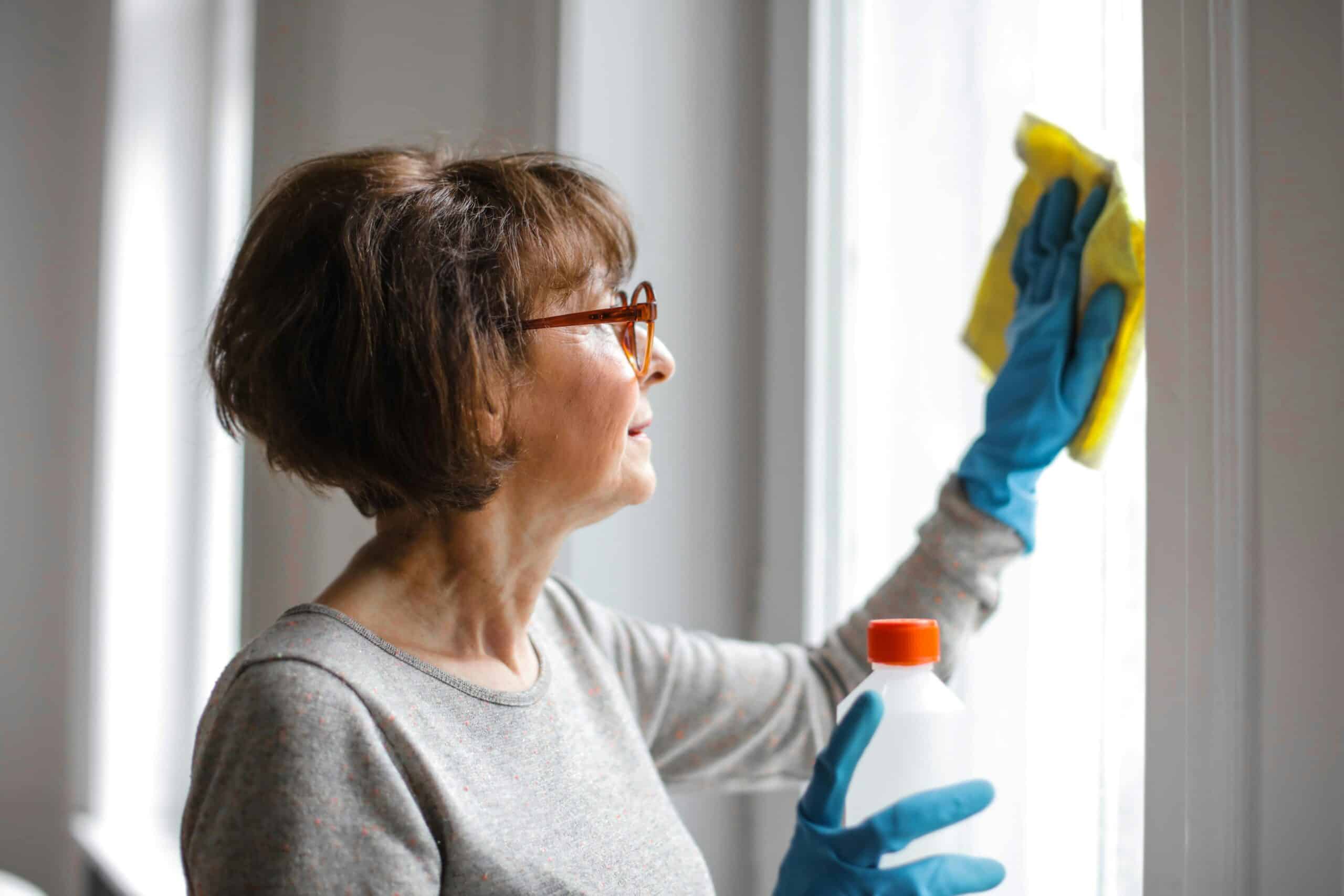
The gender difference observed in the study is both puzzling and revealing. Women who cleaned regularly, either at home or professionally, experienced a pronounced decline in lung function, while men showed little or no effect. Several explanations exist, none definitive, but together they paint a picture of social, biological, and environmental complexity.
Historically, women have shouldered the greater burden of domestic labor, spending more hours in enclosed spaces where ventilation is limited. This means longer and more intense exposure to chemical vapors. There may also be hormonal or genetic differences that make women’s airways more sensitive to irritation and inflammation.
It is also possible that men’s exposure patterns differ in subtle but important ways. For instance, they may engage more in outdoor cleaning or mechanical work that exposes them to different types of chemicals, thus altering the comparison.
Whatever the mechanism, the results highlight a deeper issue: how everyday gender roles can influence health outcomes in ways rarely discussed. The home, often viewed as a safe and nurturing environment, may in fact be a hidden source of harm.
The Hidden Connection Between Inflammation and Chronic Disease
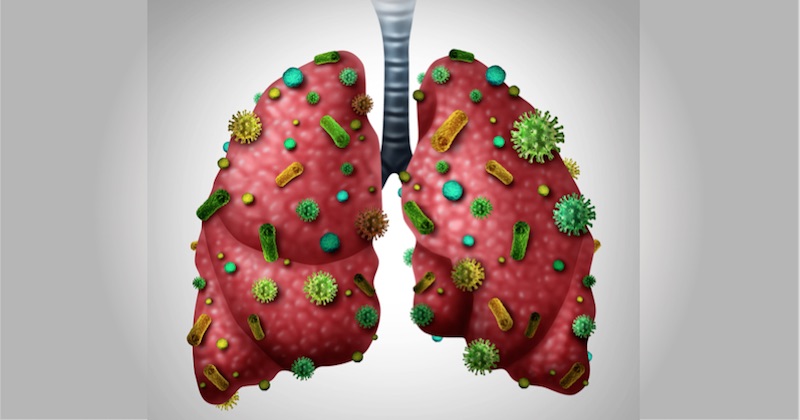
Low-grade inflammation is the body’s silent destroyer. It is the biological equivalent of a slow-burning fire that damages tissues without causing immediate pain or alarm. In the lungs, chronic inflammation narrows the airways, stiffens the tissue, and disrupts normal oxygen exchange.
Researchers like Dr. Matthew Schabath from the Moffitt Cancer Center have raised concerns that this persistent irritation might even increase cancer risk. Prolonged inflammation can trigger cellular changes such as hyperplasia an overgrowth of cells that can evolve into malignancies over time.
This suggests that the dangers of cleaning chemicals extend far beyond temporary discomfort or asthma. They may set the stage for deeper, systemic illnesses that develop silently for decades.
It also ties into a larger scientific understanding of how inflammation connects many chronic diseases, from heart disease and diabetes to neurodegeneration. The lungs, being a primary interface between the body and the external environment, play a crucial role in regulating this inflammatory balance. When that system is overwhelmed by chemical exposure, the ripple effects may reach far beyond the respiratory system.
How to Clean Safely and Protect Your Lungs
The good news is that protecting your lungs does not require abandoning cleanliness altogether. It requires rethinking what cleanliness means and how to achieve it.
Several practical steps can make cleaning safer and more sustainable:
• Replace chemical sprays with simple natural alternatives. Vinegar, baking soda, lemon juice, and salt can handle most household cleaning tasks without toxic residues.
• Use microfiber cloths or steel wool for scrubbing instead of relying on harsh solvents.
• Avoid aerosolized sprays whenever possible. Liquid cleaners or wipes are safer, as they do not release fine particles into the air.
• Ensure proper ventilation by opening windows and doors while cleaning. Fresh air dilutes and disperses fumes before they can accumulate.
• Wear protective masks and gloves, especially when using strong chemicals or cleaning for long periods. Even a basic disposable mask can block harmful particles.
Some health experts also recommend using a bucket of water and a mild soap rather than relying on disinfectant sprays. This simple approach, combined with elbow grease and patience, can often achieve the same results with far less risk.
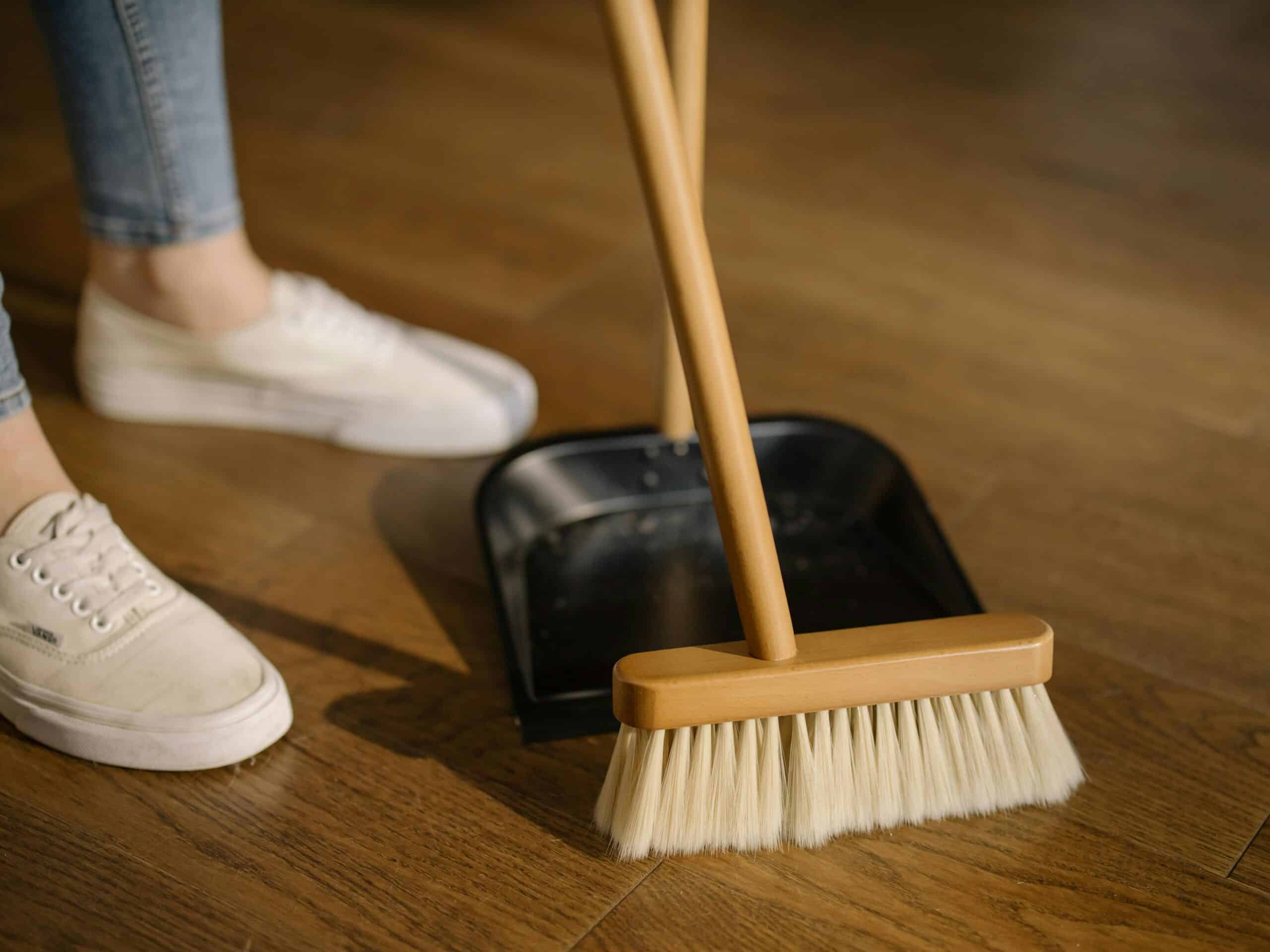
The Spiritual Meaning of Air and Breath
Beyond the science, there is a poetic symbolism in all this. Across cultures, breath has been viewed as sacred. The word “spirit” itself comes from the Latin spiritus, meaning “breath.” In yoga, meditation, and countless spiritual traditions, breath connects the physical and the divine. It is the bridge between consciousness and matter, between life and its expression.
When we pollute the air within our own homes, we are not just harming our bodies—we are desecrating a sacred exchange. Every inhalation is a dialogue between the world and the self. When that dialogue becomes contaminated, the consequences ripple through every layer of being.
This insight invites a more mindful approach to cleaning, one that respects both the material and the spiritual dimensions of purity. True cleanliness is not about sterilizing the environment but about cultivating harmony between the body, the home, and the natural world.
The Future of Cleaning and Health Awareness
The Norwegian study is part of a growing recognition that everyday chemical exposures have long-term consequences. It underscores the need for stricter regulation and better labeling of household cleaning products. Many so-called “green” cleaners are not necessarily safe, as they may still contain volatile compounds or substitutes that have not been fully tested.
Researchers are calling for improved monitoring tools that can measure multiple airborne chemicals simultaneously. New sensor technologies are being developed to detect minute concentrations of toxins in real time, which could revolutionize how we understand indoor air quality.
There is also an urgent need for public awareness. Many people still assume that if a product is sold for home use, it must be safe. This is a dangerous misconception. As the study authors point out, waiting for perfect scientific certainty before taking action would be a mistake. The time to act is now.
Rethinking Purity
The idea that cleaning could be as harmful as smoking sounds absurd, almost sacrilegious. Yet, the data are clear. Our lungs cannot distinguish between the particles from a cigarette and those from a bottle of bleach. Both create inflammation, scarring, and gradual suffocation of the tissues that give us life.
The deeper message here is not one of fear but of awareness. Purity cannot be achieved through chemicals or sterilization. It begins with understanding, intention, and balance. The tools we use to create health should not destroy it.
As we enter an era more attuned to sustainability and holistic health, perhaps it is time to redefine what it means to live in a clean environment. A truly clean home should nourish the body as much as it pleases the eye. It should allow us to breathe freely, without fear that every breath brings us closer to disease.
Breathing as the Measure of Life
The Norwegian research offers a simple but profound lesson: our daily habits shape our health more than we realize. Cleaning is necessary, but how we clean matters. Every product we choose is a form of participation in a larger ecosystem of chemistry, health, and consciousness.
To clean consciously is to act with respect for both the visible and invisible our surfaces, our lungs, and the sacred air between them. When we shift from chemical aggression to mindful maintenance, we honor not just hygiene but the deeper rhythm of life itself.
In the end, the home is an extension of the self. Keeping it pure should never come at the cost of the breath that sustains it. The lungs, after all, are the body’s silent temples. And they deserve nothing less than clean air to worship in.
Some of the links I post on this site are affiliate links. If you go through them to make a purchase, I will earn a small commission (at no additional cost to you). However, note that I’m recommending these products because of their quality and that I have good experience using them, not because of the commission to be made.


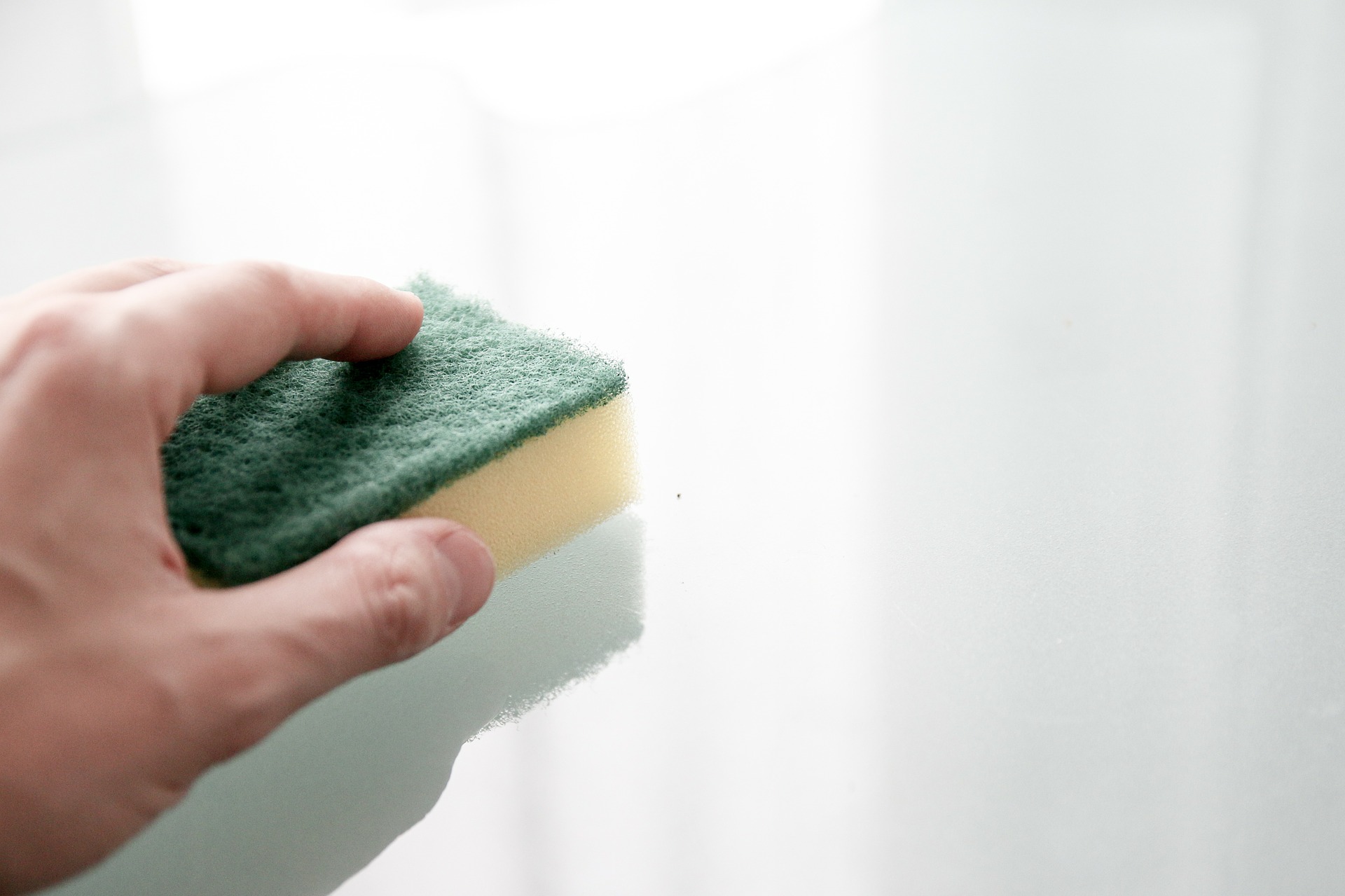
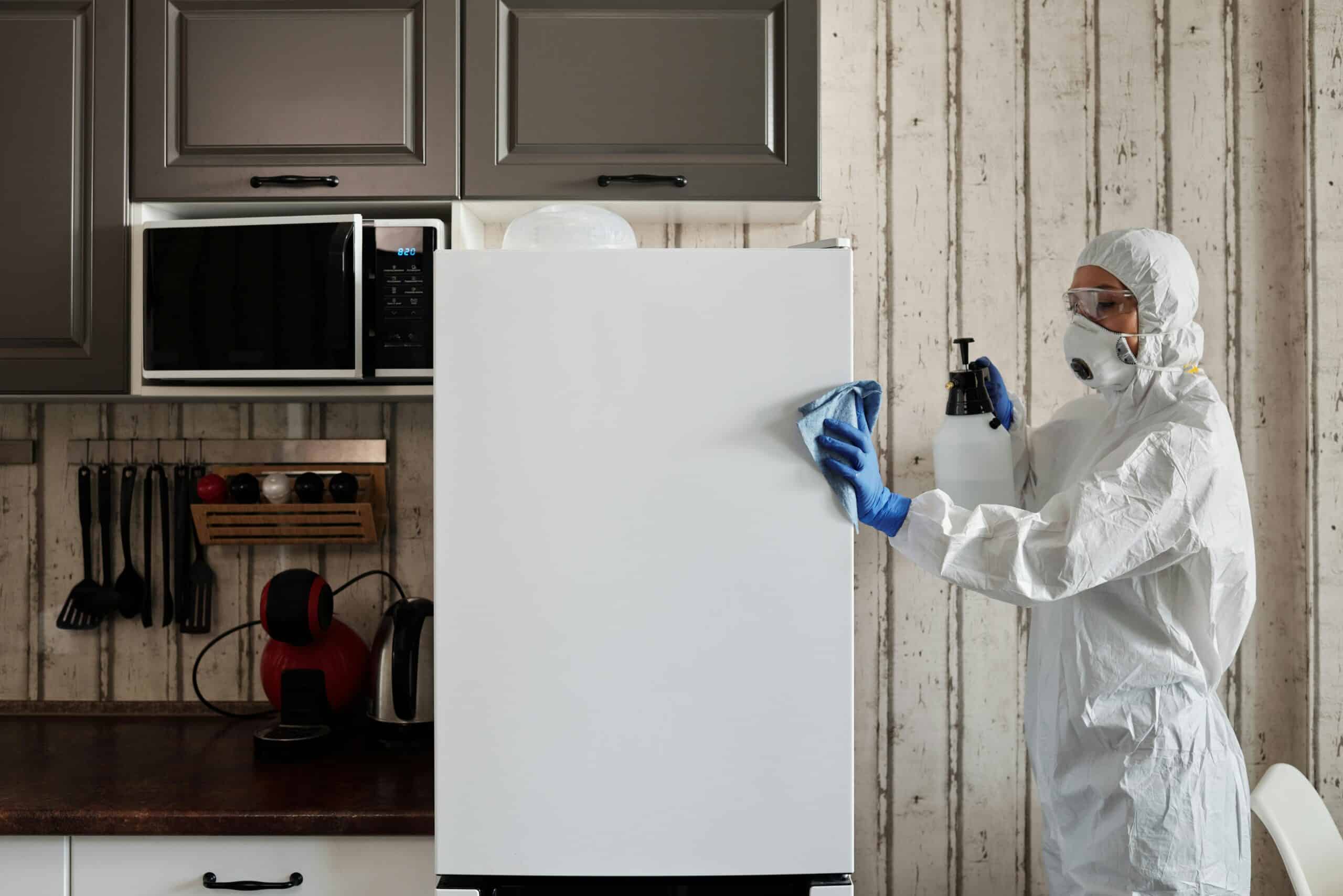
































 JOIN OVER
JOIN OVER
Comments